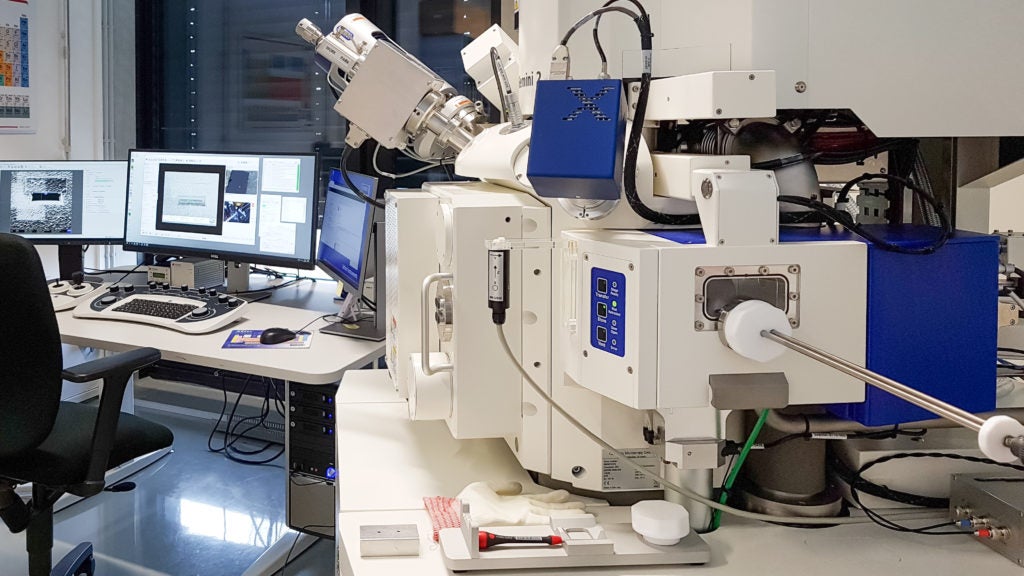
Researchers at the Centre for Solar Energy and Hydrogen Research Baden-Württemberg (ZSW) are using a new scanning electron microscope to investigate solar cells.
The Stuttgart-based centre – considered a leading institution in the research of photovoltaics – has been using the microscope since January 2020 to better understand solar cells’ structure and interfaces on a nanoscale. Researchers are also focusing on defects to improve the quality of photovoltaic systems, reducing CO2 emissions.
ZWS analytics and simulation group leader Dr Theresa Friedlmeier said: “The device opens up new possibilities for us in the investigation of thin-film solar cells. It helps us deepen our understanding of solar cells and develop improved processes with higher efficiencies and lower costs.”
Electron microscopes are used to develop solar cells based on copper, indium gallium and selenium (CIGS), giving three-dimensional images of the cells’ growth, morphology and chemical composition. Three-dimensional images help scientists examine the interface between the CIGS and the layer of cadmium sulphide, spotting cavities and foreign particles in the materials.
“We can now analyse the shape and size of particles and inclusions, and investigate micro-areas using energy-dispersive X-ray spectroscopy,” added Friedlmeier.
How well do you really know your competitors?
Access the most comprehensive Company Profiles on the market, powered by GlobalData. Save hours of research. Gain competitive edge.

Thank you!
Your download email will arrive shortly
Not ready to buy yet? Download a free sample
We are confident about the unique quality of our Company Profiles. However, we want you to make the most beneficial decision for your business, so we offer a free sample that you can download by submitting the below form
By GlobalDataThe microscope’s focused ion beam will also help researchers prepare materials on a nanoscale, preparing samples for future investigations. “For example, we can use it to prepare good cross-sections of CIGS solar cells on flexible substrates without damaging or separating the individual layers, which had been very difficult in the past.”
The scanning electron microscope was acquired via a €650,000 grant given by the state of Baden-Württemberg, south-western Germany.








